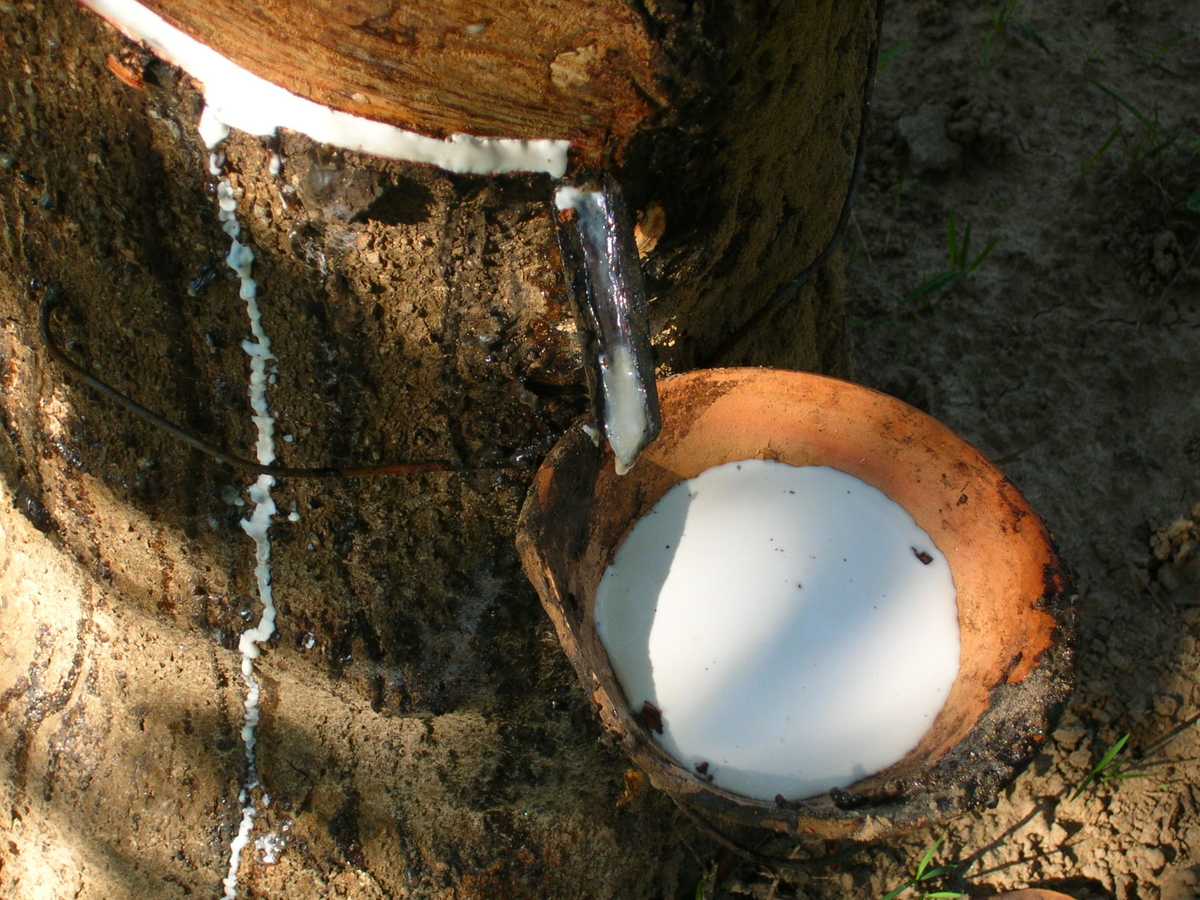We all spend approximately one third of our lives in bed, but most of the beds we buy are soaked in harmful chemicals that exacerbate allergy symptoms and cause long-term damage to ourselves and our families. In this article, Trusty Canary investigates the options available for finding comfortable beds that do not harm your health.
The importance of sleep
Sleep is one of the most basic human activities — a good night's sleep is known to improve our mood, health, productivity and happiness.
Comfort
The first thing that most of us look for in a bed is the comfort level. How firm your mattress is key to how well you sleep — the ideal firmness will depend on your weight, sleeping position, how much you move around in the night and whether you have any injuries. On the whole, a medium to firm bed is encouraged as it provides more back support than a soft mattress. Remember that if you the bed base will usually contribute to the softness of your bed.

Breathing
We are all in extremely close contact with our beds. Every night we breathe deeply within millimetres of the mattress, and since we usually wear minimal clothing there is also a high degree of skin contact. Combined with the significant amount of time spent in bed, this is the one item in the home that really needs to be non-toxic.
If you have read our previous articles, you'll be aware of the harmful flame-retardants that are added to the majority of beds on the market. Surprisingly, there can be up to 4 kilos of fire retardant chemicals in a foam double bed mattress1. At the same time the fillings, glues and chemical treatments (such as insecticides and stain repellents) can all add to the toxicity of mattresses. Thankfully, you can now find many products that are naturally flame resistant and put together with only non-toxic materials.
The different types of beds and choosing what's best for you
Springs
Sprung beds are built from an array of springs that are set into the mattress to provide support. These are categorised into two types: open-spring and pocket-spring. Open sprung mattresses tend to be cheaper, with all the springs moving together whilst pocket spring mattresses house independent springs in their own pocket of fabric, providing more evenly spread support.
There are some who believe that sprung mattresses should be avoided as the metal springs can act as a radio antenna, channelling electromagnetic radiation through your body2. Whilst I was initially a little sceptical of this claim, there is some science to back it up. Specifically, research has highlighted the lower rates of prostate and breast cancer in Japan where beds rarely contain springs3.
Polyurethane foam
Foam based beds have become increasingly popular over the last few years since they can provide more uniform support to your back. The foams can vary quite a lot so it is important to look out for the potentially dangerous materials that they are made of.
The most commonly used and cheapest foam is polyurethane, also known as polyfoam or high density foam. This is a petroleum based plastic and extremely flammable, so you can be virtually guaranteed that it contains high quantities of toxic flame retardant chemicals. So called "soy-based" foams will also essentially be made from polyurethane since they usually only contain a very small percentage of soy4.
Latex
You may be surprised to hear that latex starts as a natural material extracted from the rubber tree. The product is then processed to make either synthetic or natural latex. The resulting foam is anti-bacterial, anti-fungal and inhospitable to dust mites5.

There are two methods in which latex is processed, either the older Dunlop method or the newer Talalay method. Talalay foams tend to be more expensive as the process is more involved and results in a softer, more consistent foam. This higher level of processing leads to a foam with a higher ecological footprint that contains more additives, so we would always advise on Dunlop foams where possible.
Synthetic latex contains petroleum-based compounds including styrene and butadiene which should of course be avoided. On the other hand, natural latex is a very good option, but you must make sure that it is 100% natural latex, otherwise it can be up to 50% synthetic.
Even 100% natural latex actually only contains 90 to 97% natural latex, with the remaining 3 to 10% being additives such as sulphur and zinc oxide that are used to process the latex and transition it from a liquid to a solid. I have not found any evidence to suggest that either sulphur or zinc oxide are particularly harmful, so I am confident that 100% natural latex mattresses are non-toxic so long as they are not subjected to additional treatments.
Quite a few mattresses include layers of graphite infused latex to provide a flame-resistant layer. Since this is often listed separately to the other layers, it is important to check that this is also made from 100% natural latex.
Memory foam
Many of you might consider memory foam to be the future of mattresses — they shape and mould to your body to provide consistent support. What you might not realise is that nearly all memory foam contains harmful VOCs (it is normally a form of viscoelastic polyurethane). At the same time, you may find that your sleep is not as comfortable as you expected — you sink into the mattress making it very difficult to move and it can also feel overly hot. On the other hand, latex foams keep you on top of the bed and move with you when you change sleeping positions, being simultaneously supportive and pressure relieving. Apparently latex provides 33% more pressure relief whilst offering instant support because of its buoyant nature6.
Gel and reflex foams are also variants of memory foam that have different strengths, however these also contain harmful materials such as polyurethane. I have found one company, "essentia" that claims to make non-toxic natural memory foam, however this is currently only available in North America.
Conclusion
I hope you found this investigation into the materials used in mattresses interesting. Of all the options available, 100% natural latex appears to be the best in terms of non-toxicity whilst also providing a comfortable night's sleep. Pocket sprung mattresses could also be a good option, although I would be a little concerned over the potential health impacts. Finally, the natural essentia memory foam sounds very interesting and I will be sure to let you know if it makes its way over to the UK in the future.
In our next article, we review the best non-toxic mattresses that you can buy here in the UK. Let us know what sort of mattress you prefer in the comments below and make sure to signup to our free newsletter to keep up to date with the latest news in making a non-toxic home.
-
Chemical Free Mattresses – The Facts Cotton Safe Mattresses
↩ -
Your Mattress Could Be Harmful by Acting as a Radiation Antenna European Bedding
↩ -
Left-Sided Cancer--Should You Blame Your Bed and TV? Fields (2010)
↩ -
Does “soy based foam” deliver on its promise? O Ecotextiles
↩ -
Why Natural Latex Makes for a Healthier Mattress Plush Beds
↩ -
Is Latex better than memory foam? LatexSense
↩